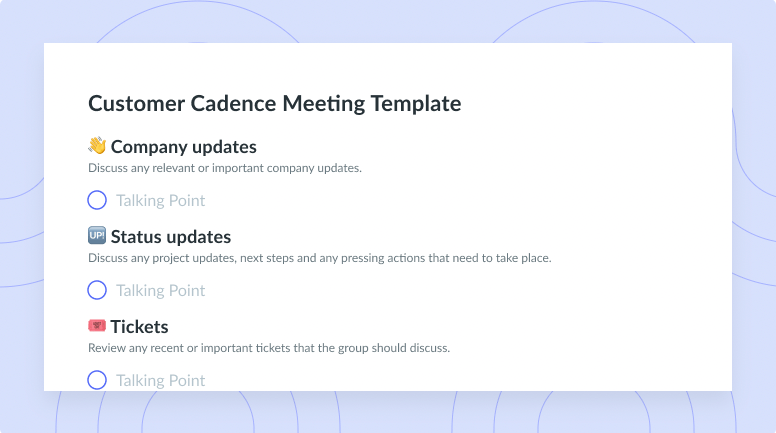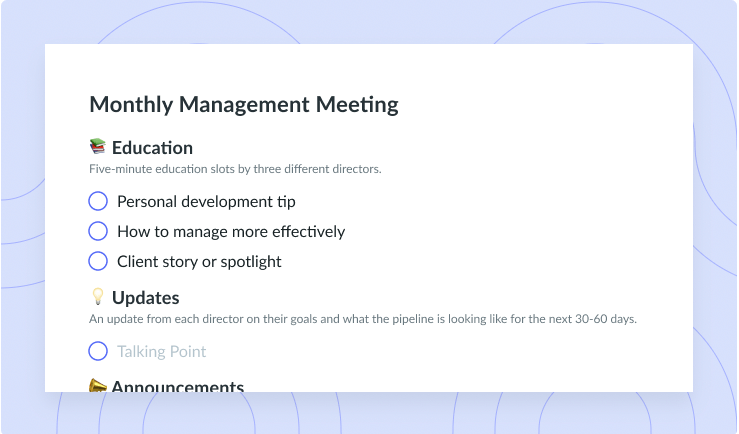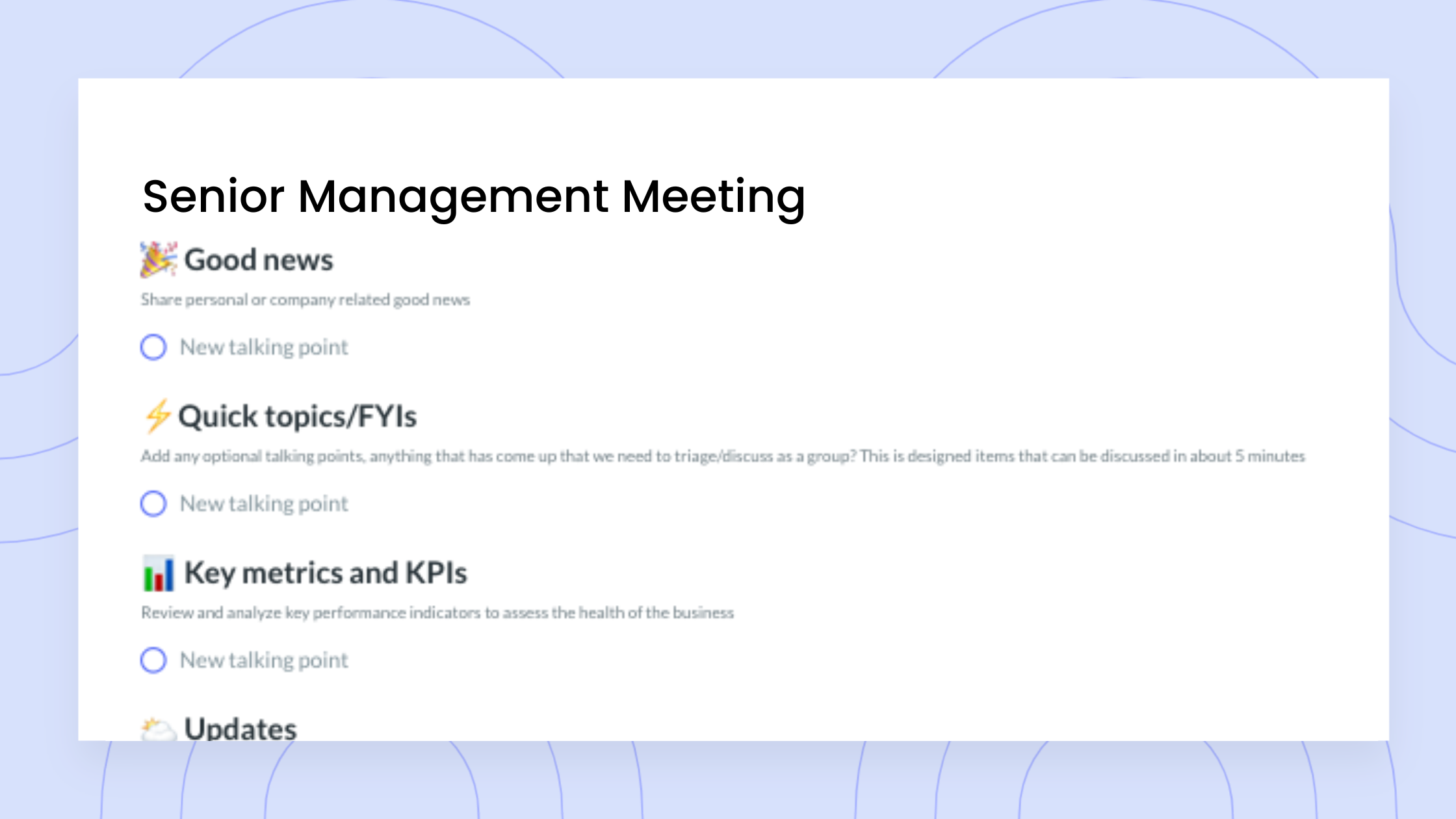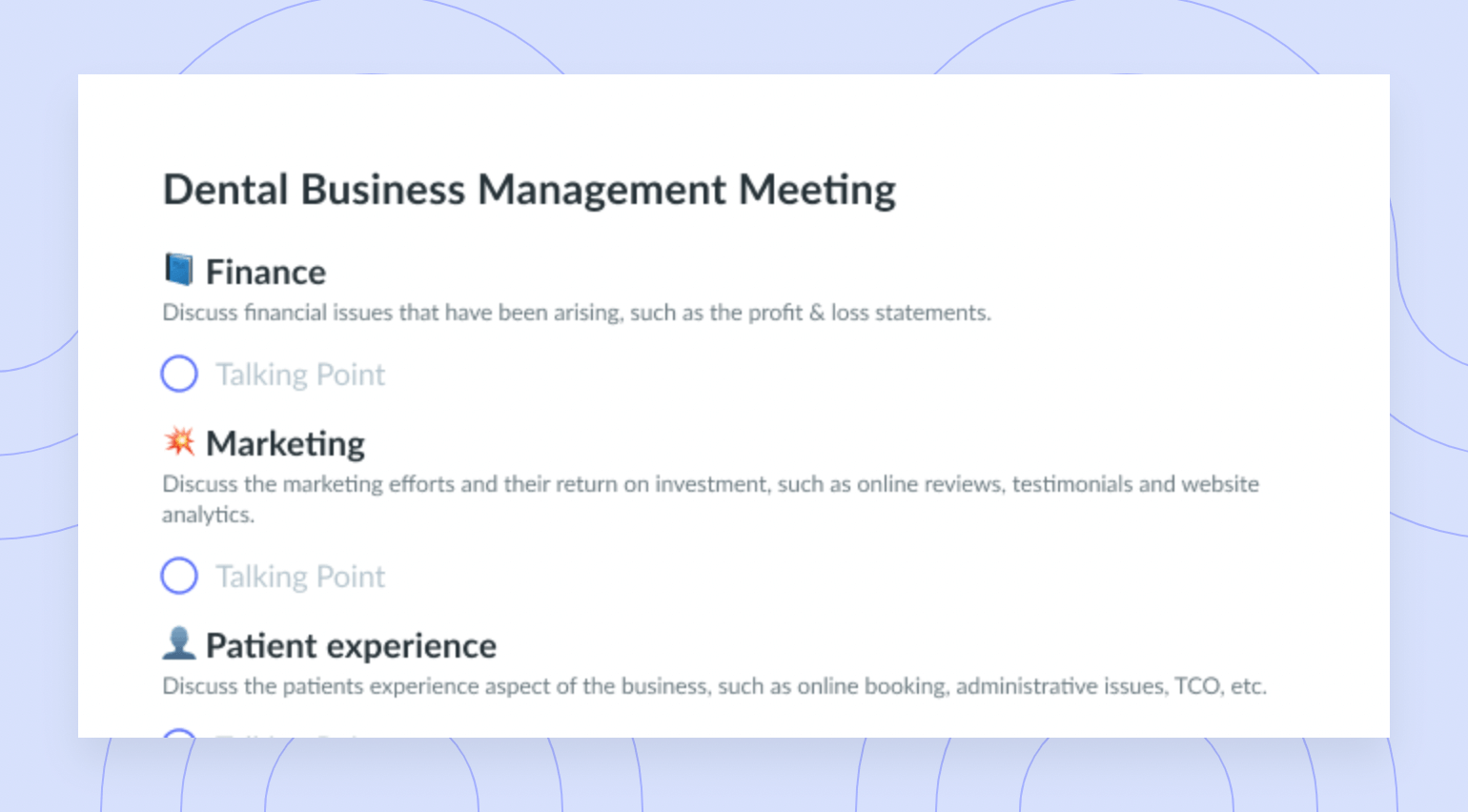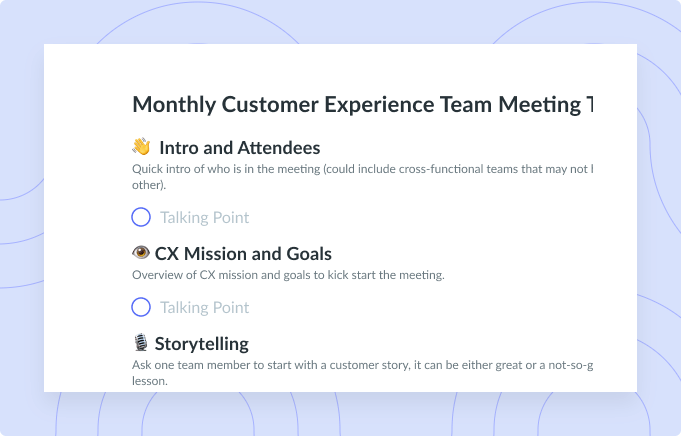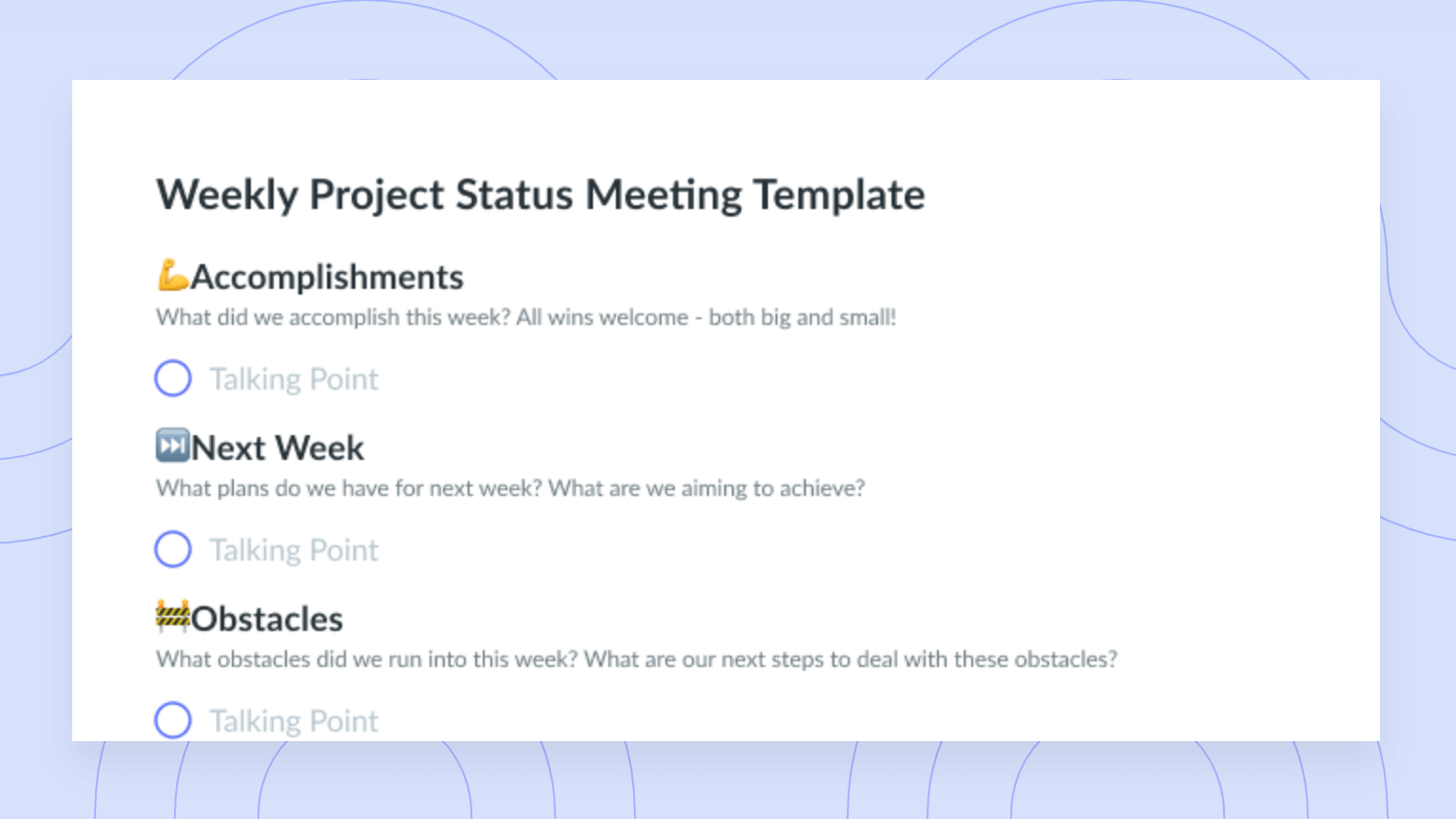What is Enterprise Project Management?
Help your organization reach consistent project success with a strategic approach to project management. Learn everything here!
No matter what type of projects your organization takes on, finding the most efficient, productive, and resourceful approaches is always key. That’s where enterprise project management comes into play. Through strategic enterprise project management, you can hold all your organization’s projects to the highest standard while keeping their most complex aspects running like clockwork. In this article, you’ll learn all about enterprise project management and how you can implement it.
What is enterprise project management?
Enterprise project management (EPM) is the practice of managing multiple projects within your organization. This differs from traditional project management, where you and your team focus on one project at a time. Instead, enterprise project management looks at each project and how it relates to your organization as a whole.
EPM also focuses on how your projects affect each other. The overall goal is to ensure the most efficient project processes and best use of resources while moving closer to your organization’s goals. According to the Project Management Institute (PMI), the benefits of enterprise project management include creating higher-quality products and maximizing employee productivity. They also include more readily teaching team members essential skills and meeting deadlines.
Below are some of the key components of enterprise project management.
- Analyzing risks. This means you’ll predict and identify the risks associated with a project so your team can quickly counter them and keep your project on track.
- Creating estimates. From budget to timeline and resources, several parts of EPM require estimates. Creating strategic estimates for each of these elements is key to getting a basic framework for your organization’s projects. This way, you have a better idea of what you’re working with across the board.
- Processing information. Projects often involve tons of data and information. Task assignments, resource usage, project templates, and timesheets are just a few types of information you’ll need to have handy. That’s why it’s important to put information systems in place that can reliably keep you and your teams organized.
- Conducting reviews. You might think a project review should only happen when the project is almost complete. However, in EPM, project progress reviews occur at all phases of a project, including planning, launch, during the project, and at close-out. The goal for each of these reviews is to ensure everything is running according to plan. This way, you can make any necessary adjustments before moving into the next phase.
- Responding to issues. As much as you might plan, you can’t completely prevent issues from happening with your projects — and that’s normal. That’s why you need a structured plan for how you and your teams will respond to any issues that arise. Ask yourself: What’s the protocol for tracking and reporting issues so that they don’t become bigger problems in the future? Make sure your whole team knows the answer.
- Keeping track of time. Time reporting is key to knowing exactly how your team is spending their time. You can identify where team members might not be making the best use of their time. From there, you can help them be more efficient and productive. You can invest the time you get back into other tasks and, if you’re lucky, get your products ready ahead of schedule. It’s a win-win for you, your teams, and your clients.

Managing a team?
Take control of your team meetings by having collaborative meeting notes and encouraging accountability with action items. Try a tool like Fellow!

Establishing an enterprise project management process
Below are some steps you can take to effectively implement an EPM system within your organization.
- Create an efficient and consistent project management process
- Set up project management software and tools
- Put together a high-performing project management team
- Align EPM with your business goals
- Continuously improve your EPM performance
1Create an efficient and consistent project management process
There are several project management methodologies you can use within EPM to help your teams work through projects. Agile, Kanban, Waterfall, and Scrum are some of the most popular types of project management methodologies.
Once you’ve decided which method works best for your teams and organization, you’ll need to set certain standards within it for your teams to follow. There are a few standards to consider for project management, including PMBOK, IPMA, and PRINCE2. They each set rules and determine your teams’ processes for managing and moving through your projects.
You should also set up a project management office (PMO). This group of people — it’s a team, not a physical space, despite the name — makes sure your teams follow your project management standards. A PMO also helps bring about consistency across all your project workflows and procedures.
2Set up project management software and tools
There are many tools, services, and programs available to help make your job (and everyone else’s) much easier. Project management software offers a variety of customization, scalability, and pricing options to give you the perfect solution for your organization.
To create seamless workflows, look for tools that prioritize the key elements of enterprise project management. The ideal program will integrate elements such as risk analysis, resource estimation, issue mitigation, and time tracking.
Additionally, since your team will gather and manage plenty of data during projects, it’s also important to find tools with solid database structures. This can simplify all your data organization, accuracy, and accessibility needs.
With Fellow, you can assign your team members meeting action items in real-time and keep up with your team’s progress toward important goals with tools for setting OKRs and following through on them. Additionally, Fellow has tools for peer feedback so your team can share suggestions that could make for smoother future projects.
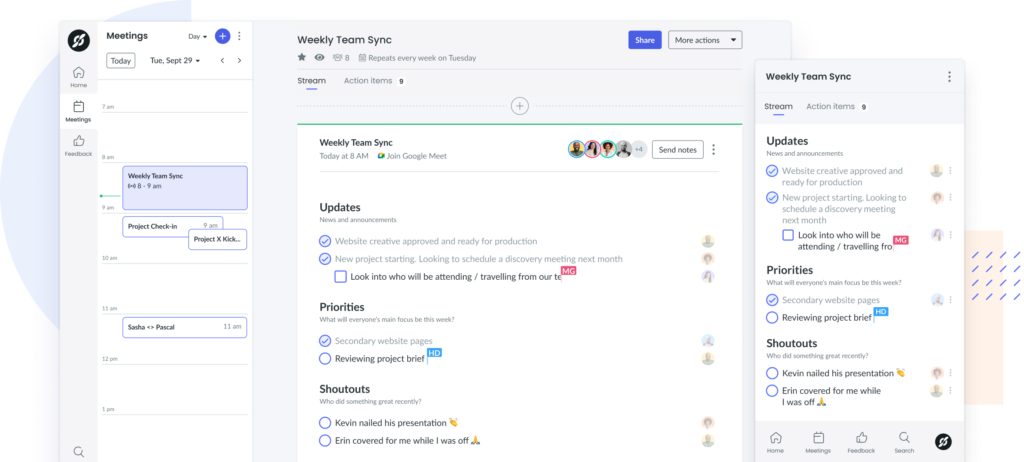
3Put together a high-performing project management team
Given all the projects within your organization, you need managers that are more than capable of handling the load. You might be looking to find them from within your organization’s talent pool or bring in someone from the outside world. Either way, someone who’s a team player and great at communication — and enjoys creative problem-solving — will likely be a great fit.
You should also think about the types of projects your organization typically handles and try to find someone with expertise in those areas. Ask candidates to complete assessments so you can learn about their strengths, weaknesses, and decision-making approaches.
Once you’ve built solid project management teams, you should thoroughly train them. This way, everyone is up to speed on project standards, practices, and organizational expectations. But don’t let the training stop when the projects get started. Hosting regular training sessions in between projects can help improve project management within your organization. It’s also a great way to keep up collaboration and communication — both key to any great project.
4Align EPM with your business goals
Take a look at your organization’s goals and its mission and vision statements. Your EPM system should both guide your projects and your progress toward achieving your goals, mission, and vision. This means getting to know the why behind each of your projects. These driving factors can help you choose an EPM system that truly speaks to your project. They’re also a great way to integrate your EPM with your business operations and decision-making.
You might want to focus on customer satisfaction, quality, brand recognition, or something else. Each of these elements can greatly determine where you and your teams put your focus. These goals can also help you set key performance indicators (KPIs) for your projects. This way, you know your teams’ efforts are contributing to ideal project results while taking your organization to new levels.
5Continuously improve your EPM performance
Once your teams have shown progress in an area, it’s time to introduce new ways to keep them moving forward. This means that, to know how well your EPM systems are running, you need to track everyone’s performance. This way, you can see how well your project stays on budget, sticks to its original timeline, and promotes transparency with clients. You’ll know exactly where you need to make any adjustments so that your processes just keep getting better.
Get ready for organization-wide success
EPM can help you stay on top of all your organization’s projects so that both your clients and teams feel satisfied. As you begin taking the above steps to set up EPM, Fellow’s meeting and collaboration tools can keep your teams in sync the whole time. Fellow comes with custom templates to help you manage meetings across your entire organization while integrating with your favorite scheduling and communication tools. With Fellow, enterprise project management just got a lot simpler.
Key takeaways
- Enterprise project management helps you stay on top of all your organization’s projects while ensuring they contribute to your organization’s overall growth.
- To implement the best EPM strategies into your project processes, you need to choose a methodology and set project standards. Your approach should align with your organization’s goals, mission, and vision.
- Track your projects’ performance regularly and make adjustments to your EPM system where you see fit.









